NTU PPF 2018-2020
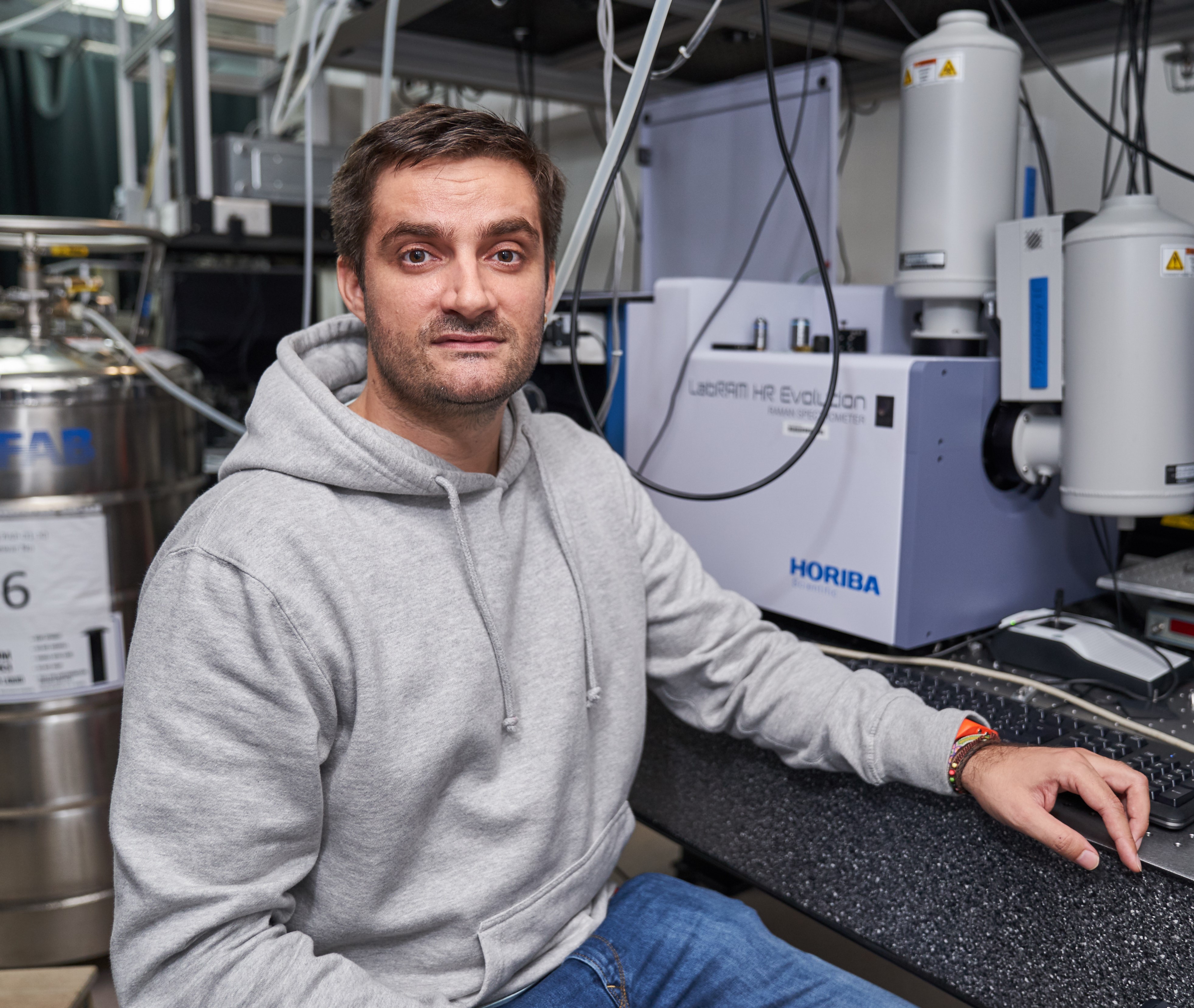
Previous Affiliation: PhD, Radboud University Nijmegen, Netherlands
Email: [email protected]
Homepage: -
Andrés Granados Del Águila is a Presidential Postdoctoral Fellow in the School of Physics and Mathematical Sciences from Nanyang Technological University (Singapore). His research interest focuses on understanding light-matter interactions in solid- and soft-matter systems by means of optical spectroscopy. After the completion of his degree in Physics at the Complutense University of Madrid (Spain), he obtained his PhD in Science in 2015 from the High Field Magnet Laboratory (HFML) at the Radboud University of Nijmegen (The Netherlands). At the HFML, he was involved in high-field optical measurements, mostly focusing on the investigations of low-temperature luminescence in colloidal semiconductor heteronanocrystals. In 2016, he joined Nanyang Technological University as a postdoctoral fellow where he continued studying emergent semiconductor nanostructures through optical spectroscopy. At present, he pursues an understanding of light-induced unconventional electronic transport in atomically-thin crystals.
Research Interests: His research interest focuses on understanding light-matter interactions in solid- and soft-matter systems by means of optical spectroscopy.
PPF Project: Atomically Thin Alloyed Semiconductors: Optical Design for Unconventional Electronics
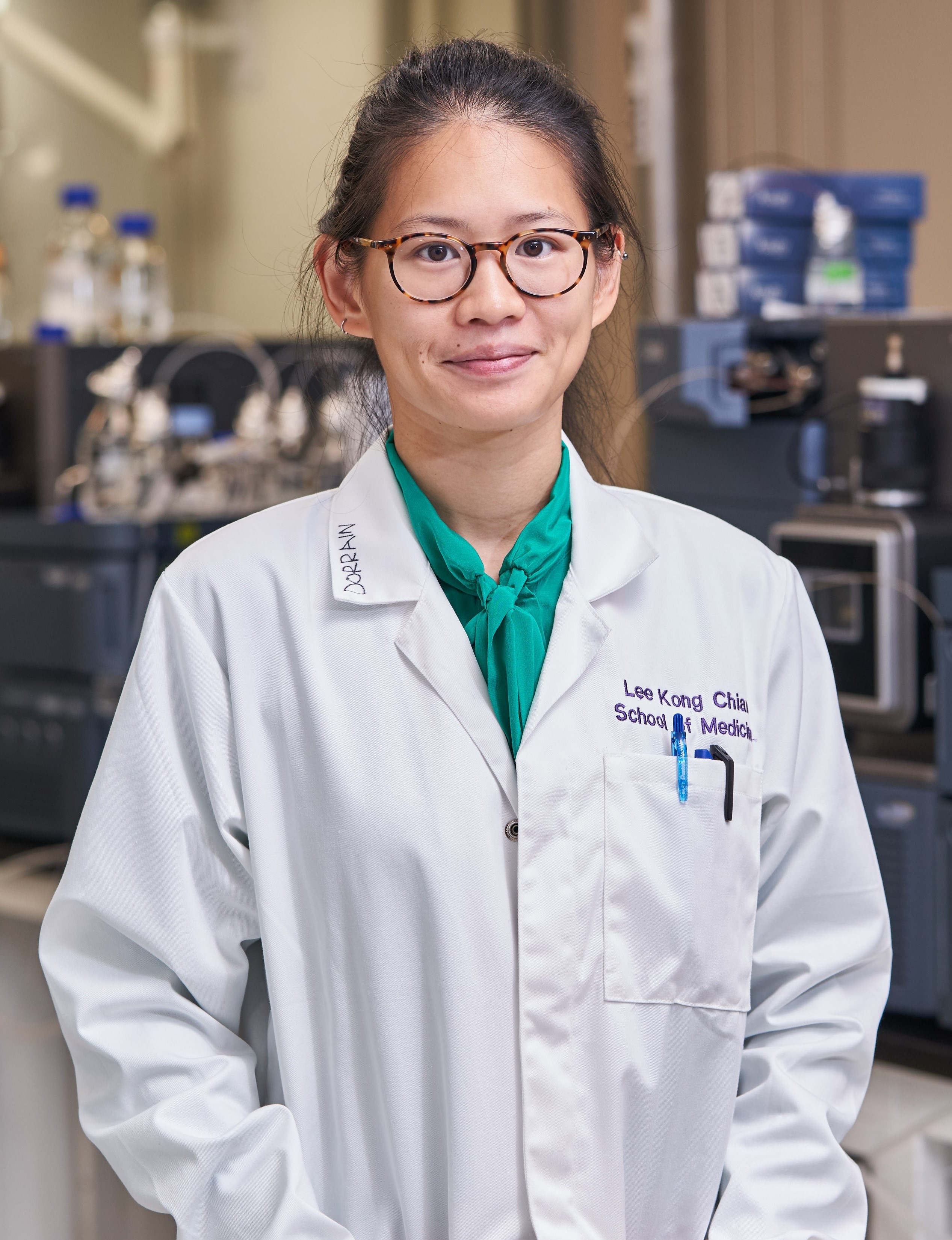
Previous Affiliation: PhD, University of Queensland, Austrialia.
Email: [email protected]
Homepage: -
Dr. Dorrain Low is currently a Presidential Postdoctoral Fellow at the Lee Kong Chian School of Medicine, Nanyang Technological University (Singapore). Her research is focused on how diet and lifestyle can play a role in delaying the onset or halting the progression of age-related health disorders. Dr. Low completed her undergraduate and PhD at the University of Queensland (Brisbane, Australia), characterising the effect of sequential digestive processes on how nutrients are released from whole food structures in the gastrointestinal tract, including gut microbiota-mediated polyphenol biotransformations. This analytical expertise was applied to human health when she was awarded the AgreenSkills+ Young Incoming Fellowship (Marie-Curie Programme) to undertake a postdoctoral position in the European DCogPlast Consortium at the French National Research Institute of Agricultural Research (France), where she identified a set of 22-metabolite serum signature, including six food-derived metabolites, associated with cognitive decline in a prospective ageing (Three-City) cohort study.
PPF Project: Discovery of metabolomic signatures associated with cognitive decline for stratification and prevention of cognitive decline in an Asian population.

Previous Affiliation: PhD, Swiss Federal Institute of Technology Lausanne (EPFL), Switzerland.
Email: [email protected]
Homepage: -
Dr Genevieve Lau is a Presidential Postdoctoral Fellow at the School of Physical and Mathematical Sciences, NTU. She obtained her Ph.D. in Chemistry and Chemical Engineering at the Swiss Federal Institute of Technology Lausanne (EPFL), where she developed new materials for dye-sensitized solar cells and other solar fuel devices. Prior to joining NTU, Genevieve was a Postdoctoral Fellow at Yale-NUS College, and she also briefly held an academic guest position at ETH Zürich. At NTU, Genevieve is establishing a new laboratory for nanoscale metal 3D printing, and her research interests include, amongst others, materials chemistry, electrocatalysis, and surface science.
Research Interests: Materials chemistry, electrocatalysis, and surface sciencePPF Project: Designing a New Generation of Catalysts for a Low Temperature Haber-Bosch Process
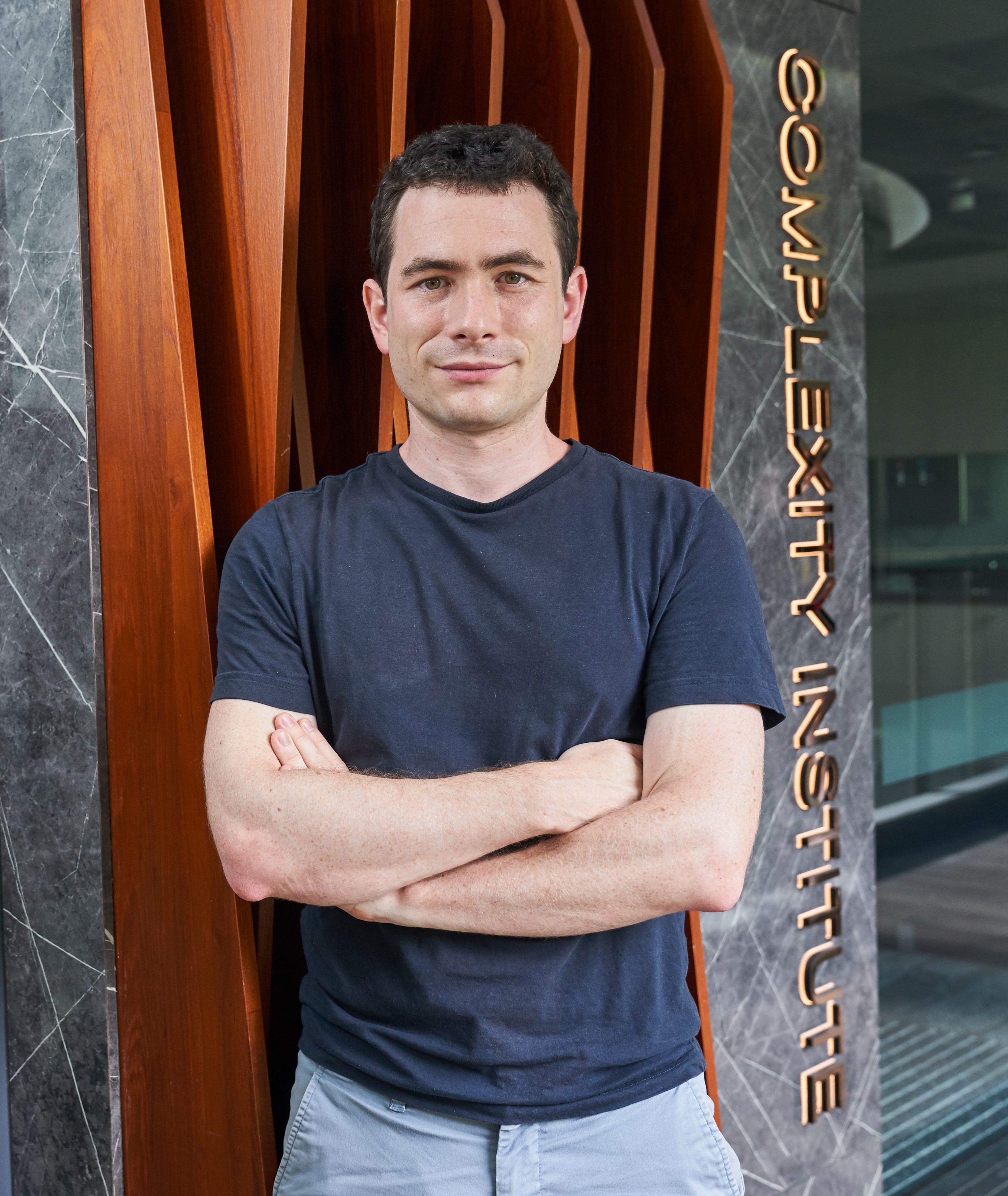
Previous Affiliation: PhD, University of Southampton, UK.
Email: [email protected]
Homepage: -
Dr Jacobs studied biological anthropology at the University of Cambridge before completing his PhD in Complex Systems Simulation at Southampton University.
Research Interests: -
PPF Project: The evolutionary impact of archaic introgression in island southeast Asia
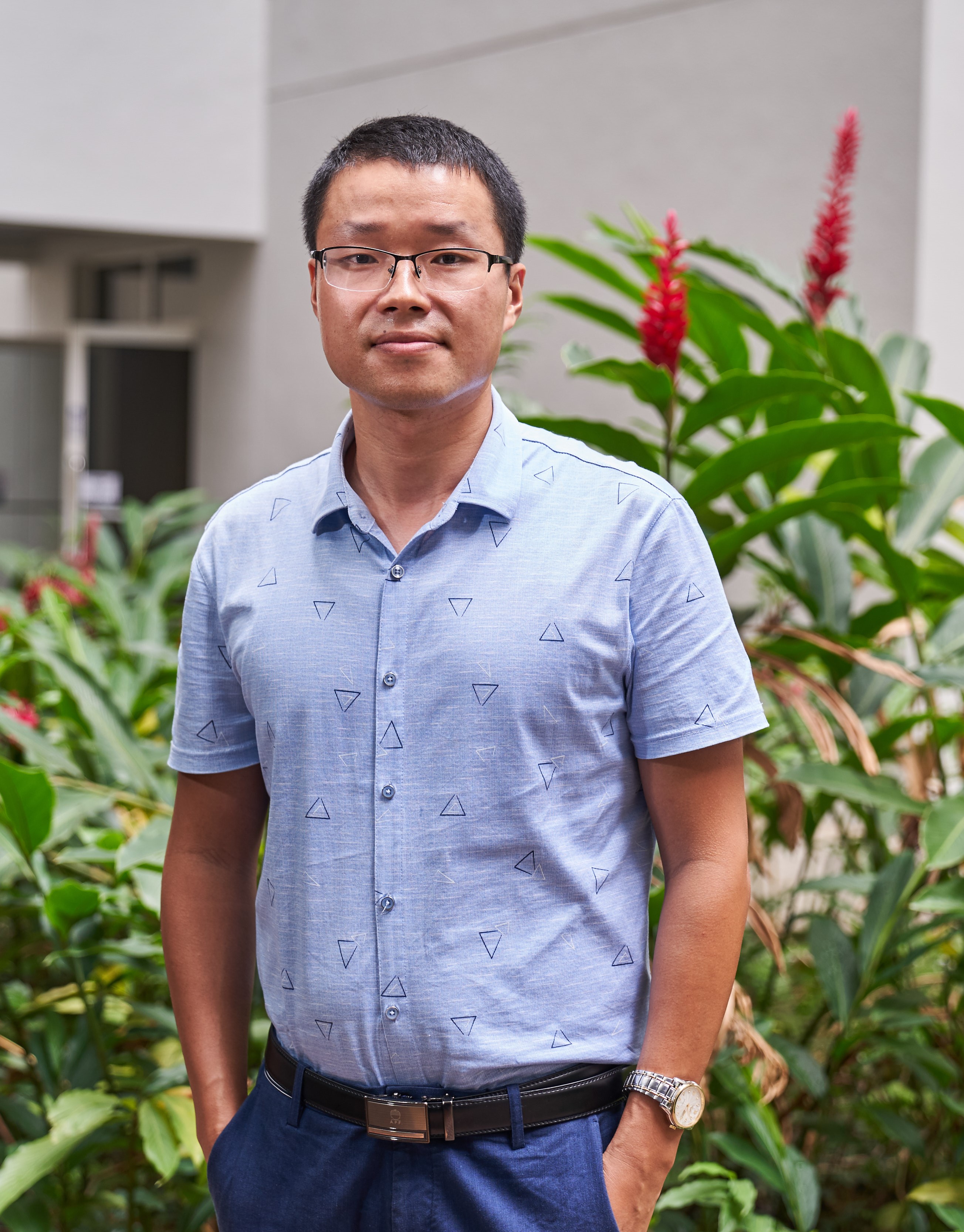
Previous Affiliation: PhD, Zhejiang University, China.
Email: [email protected]
Homepage: -
Jinlin Zhu received his PhD degree in Control Science and Engineering from Zhejiang University, China, in 2016. He was then the postdoctoral visiting scholar with the Department of Chemical and Biological Engineering, the Hong Kong University of Science and Technology. Currently, he is the Presidential Postdoctoral Fellow with the School of Electrical and Electronic Engineering, Nanyang Technological University, Singapore. His research interests include machine learning, industrial process modelling, monitoring and fault diagnosis.
Research Interests: Machine learning, Industrial process modelling, monitoring and fault diagnosis.PPF Project:Secure Mobile Cyber-Physical Systems through Deep Behaviour Pattern Analysis
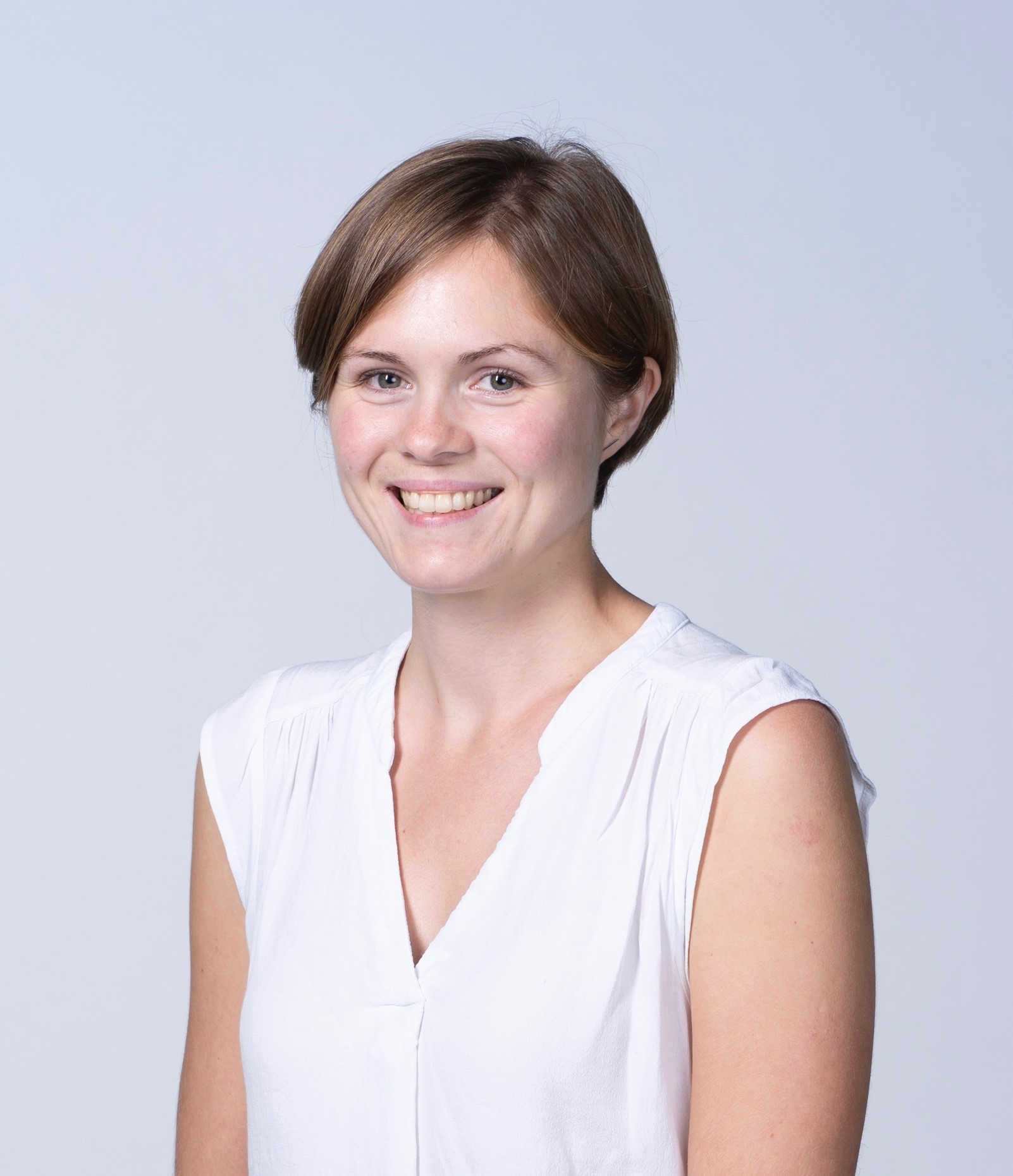
Previous Affiliation: PhD, University of Cambridge, UK.
Email: [email protected]
Homepage: https://earthobservatory.sg/people/karen-lythgoe
Karen Lythgoe is a seismologist who uses seismic data to understand Earth’s structure and processes. She completed her PhD at the University of Cambridge on the structure and dynamics of the Earth’s inner core. Karen then joined the seismic imaging research and development team at BP in London. She holds a MSci in geophysics from the University of Leeds.
PPF Project: Seismic hazard and tectonic structure of Northern Sumatra
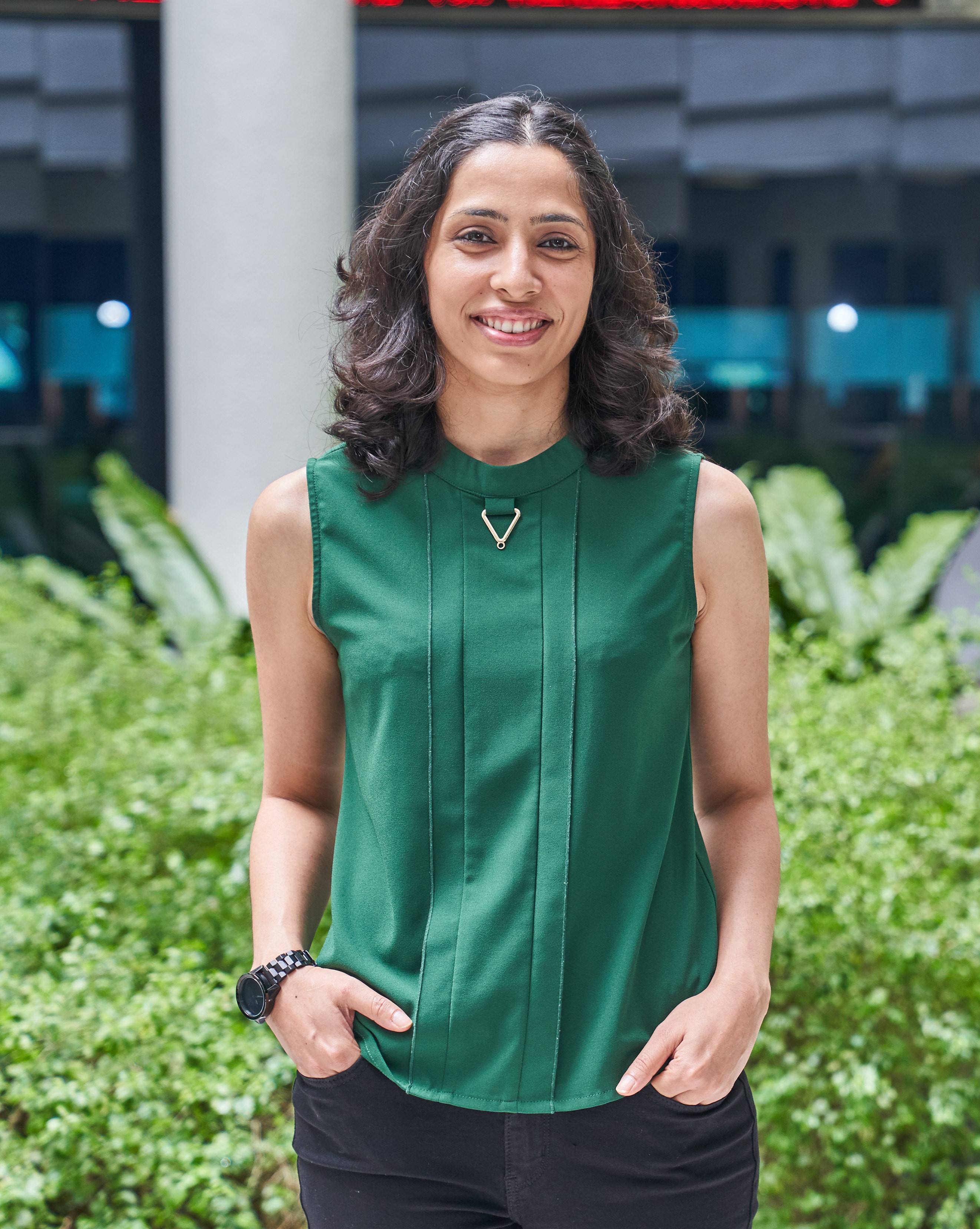
Previous Affiliation: PhD, Nanyang Technological University, Singapore.
Homepage:https://kokiljaidka.wordpress.com
Dr. Kokil Jaidka is the incoming Assistant Professor in Computational Communication at the National University of Singapore (Jan 2020). As a Presidential Postdoctoral fellow at Nanyang Technological University Singapore (2018-2020), Kokil’s project explored the relationship of social media use with psychological stress and subjective well-being. Before this, Kokil was a postdoctoral research fellow in the World Well-Being Project at the University of Pennsylvania for two years, and a data scientist in digital marketing for Adobe Research India for three years. Kokil’s research focus is on the role of social media platforms in enabling self-presentation and social behavior. She is particularly interested in developing computational models of language for the measurement and understanding of computer-mediated communication.
Research Interests: Social media, language and discourse, computer-mediated communicationPPF Project: The role of social media in buffering stress and mental well-being: a study of Singapore's children and youth
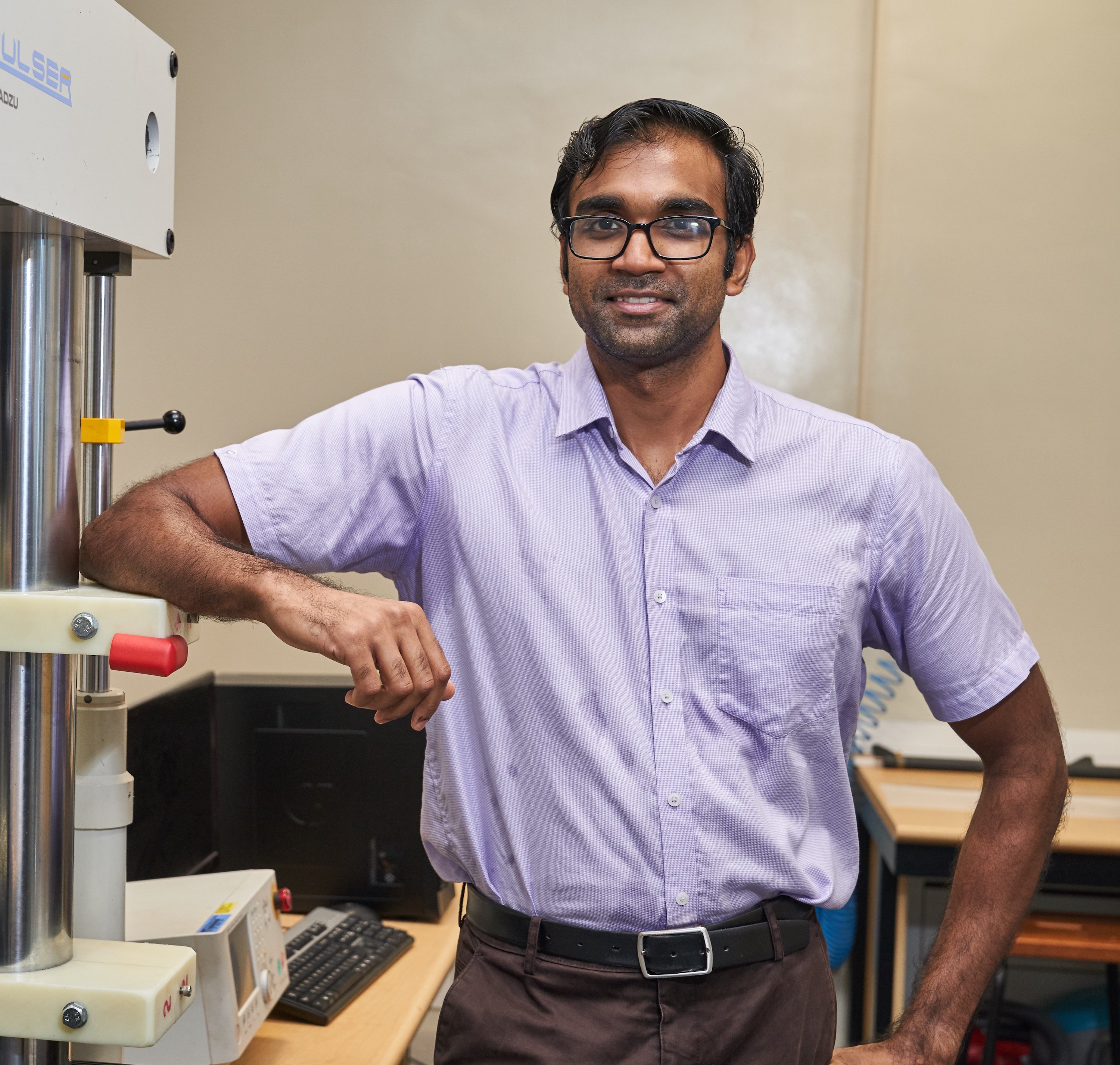
Lakshmi Narayan Ramasubramanian
School of Mechanical and Aerospace Engineering, NTUPrevious Affiliation: PhD, Indian Institute of Science, India.
Homepage: -
Dr. Lakshmi Narayan R received a Ph.D. degree in Materials Engineering from Indian Institute of Science in 2015, where he received the K.P. Abraham Gold Medal for the Best Thesis for his work on fracture and deformation on metallic glasses and composites. Following that he was a Post-Doctoral Fellow at Carnegie Mellon University, USA and a part-time visiting scientist at Xi’an Jiaotong University, China. During this stint he worked in the field of in situ mechanical testing in the TEM and tested both crystalline and amorphous metals and composites. For his academic services he was also awarded the outstanding reviewer for the Journals Acta Materialia and Scripta Materialia twice, in 2014 and 2018. Currently, he works on understanding the structure-property correlations in 3D printed metals and alloys (Ti, Al, Steels) and conducts fracture and fatigue tests as well as small scale tests such as nanoindentation on them.
Research Interests: Structure-property correlations in high strength advanced materials, fracture and fatigue of 3D printed alloys, Mechanical behavior of materials
PPF Project: Understanding defect evolution and structure at multiple length scales to improve mechanical properties of 3D printed metals and composites
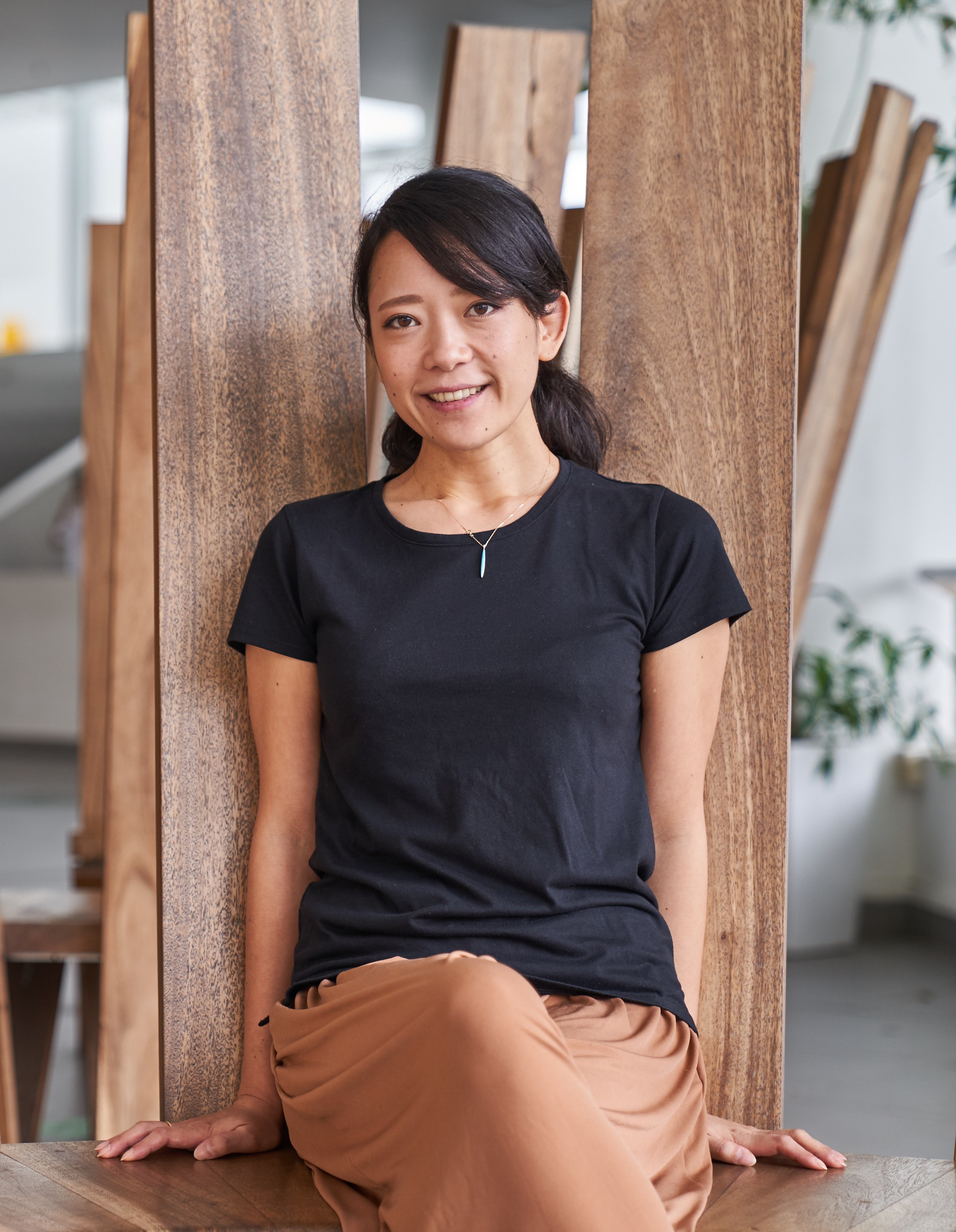
Previous Affiliation: PhD, Kyoto University, Japan.
Email: [email protected]
Homepage: -
After graduating from the University of York with a BSc in Psychology, Dr Maiko Uesaki did her PhD at Kyoto University. During her PhD, she has also spent time at Charité – Universitätsmediz in Berlin, and Stanford University. She then worked at Ritsumeikan University, before joining the Visual Perception Lab in 2018.
Research Interests:Visual motion processing, multisensory integration, self-motion perception and navigationPPF Project: Optic-flow Processing and Navigation in the Intraparietal Cortex: Combination of Anatomical, Retinotopic and Functional Brain Mapping Techniques
Abstract: -
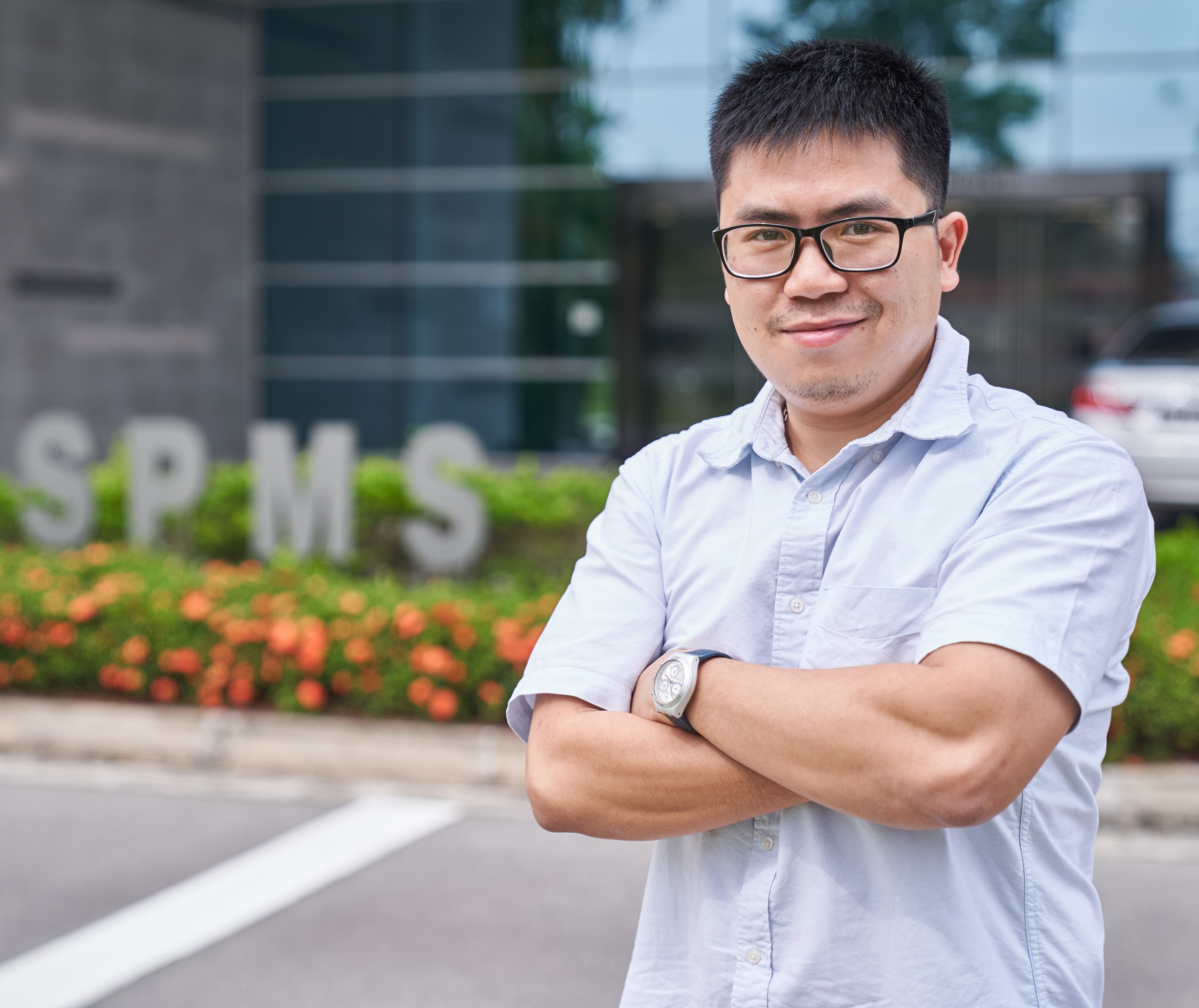
Previous Affiliation: PhD, Nanyang Technological University, Singapore.
Email: [email protected]
Homepage: https://sites.google.com/view/khoantt/
Dr Khoa Nguyen received his PhD degree in cryptography in 2014, at Nanyang Technological University (NTU), Singapore. His research interests are in the area of post-quantum cryptography, especially the design and analysis of privacy-preserving cryptographic protocols from lattices and codes. He has published 28 papers, 13 of which are at prestigious conferences held by the International Association of Cryptologic Research (IACR), such as EUROCRYPT, CRYPTO, ASIACRYPT and PKC. According to the IACR Publishing Statistics, Khoa Nguyen is ranked in the Top 100 cryptography researchers of the whole world in the period 2015--2019, in terms of publications at IACR conferences. He has been co-supervising 4 PhD students (2 of which have graduated), and has been serving in the Program Committees of 15 international conferences in cryptography and security, including ASIACRYPT 2017, 2018 and 2019. Recently, he was appointed as a Program Co-Chair of ProvSec 2020 – the 14th International Conference on Provable and Practical Security.
Research Interests:• Post-quantum cryptography, in particular, lattice-based and code-based constructions
• Privacy-preserving cryptographic protocols, with focus on protecting anonymity and enabling
PPF Project: Post-Quantum Cryptography: Designing Secure and Practical Privacy-Preserving Systems
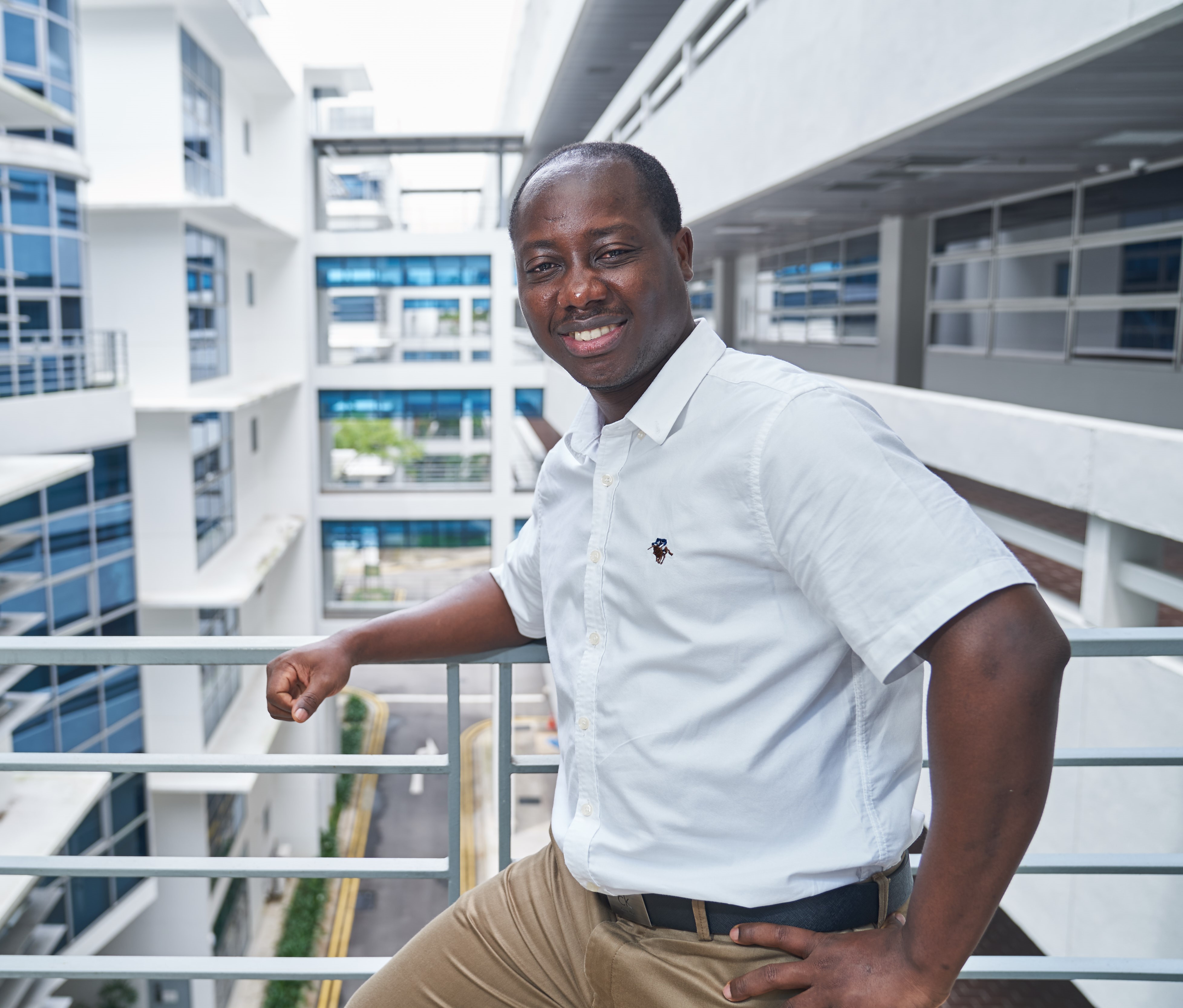
Previous Affiliation: PhD, Chinese Academy of Sciences, China.
Email: [email protected]
Homepage: -
Dr. Olusegun K. Abass is an Environmental Engineer and a Presidential Postdoctoral Fellow in the School of Civil and Environmental Engineering at the Nanyang Technological University. He is also an elected fellow of the CAS-TWAS international fellowship based in China and Italy. He received his PhD in Environmental Engineering at the famous Chinese Academy of Science, China. His current research focuses on development of novel multifunctional nanomaterials and 2D quantum-based membranes for environmental applications. Currently, he strives to bridge the gap between advances in materials sciences and their application in various environmental matrices. His futuristic idea is to create an enabling environment for an all-inclusive human health and well-being.
Research Interests: Environmental Catalysis, Water and Wastewater treatment, Heterogeneous photocatalysis, Membrane synthesis and applicationPPF Project: Pulse charge supply via integrated solar and microbial fuel cells power systems to electrical conductive membranes for membrane fouling mitigation in membrane bioreactor systems
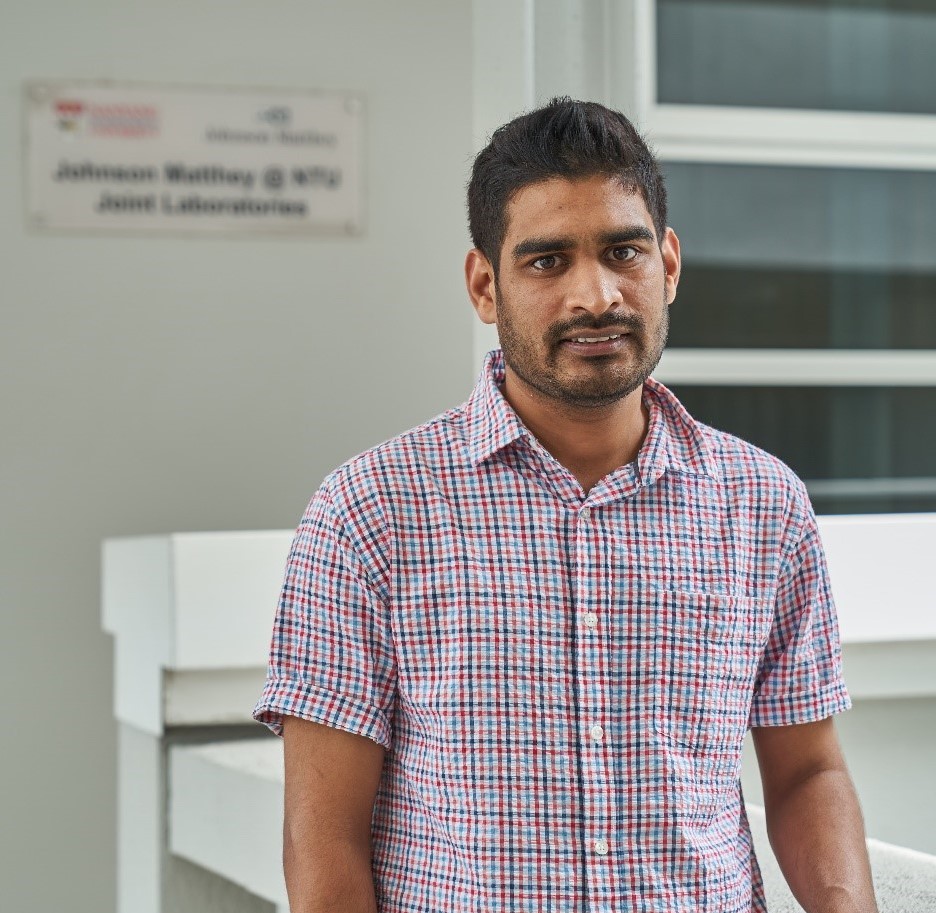
Previous Affiliation: PhD, Victoria University of Wellington, New Zealand.
Email: [email protected]
Homepage: -
Dr Parth Vashishtha is currently a Presidential Postdoctoral Fellow (PPF) at School of Materials Science and Engineering, NTU. His current research project is focused on synthesising novel lead free perovskite nanocrystals in order to build thin film optoelectronic devices. He started his research career at University of South Australia, where he completed his Masters project on non-toxic quantum dots with Prof Thomas Nann. He then worked in the group of Prof Jonathan E. Halpert on “Nanostructured Metal Halide Perovskites for Optoelectronic Applications” and attained his PhD at Victoria University of Wellington, New Zealand. He also worked on Si quantum dots in Prof Jonathan Veinot’s group at University of Alberta, Canada as an Academic Visiting Researcher. He is currently in collaboration with University of Warwick, HKUST, and University of Alberta for his current research projects.
Research Interests: Finding novel semiconductor nanocrystals such as perovskites and chalcogenides for superior optical properties. Fabrication of optoelectronic devices including LEDs, Solar cells, and photodetector.PPF Project: Non-Toxic Solution-Processed Cs2AgInX6 and Cs2InBiX6 (x = Cl, Br) Direct Bandgap Halide Perovskite Nanocrystals (NCs) for Optoelectronic Applications
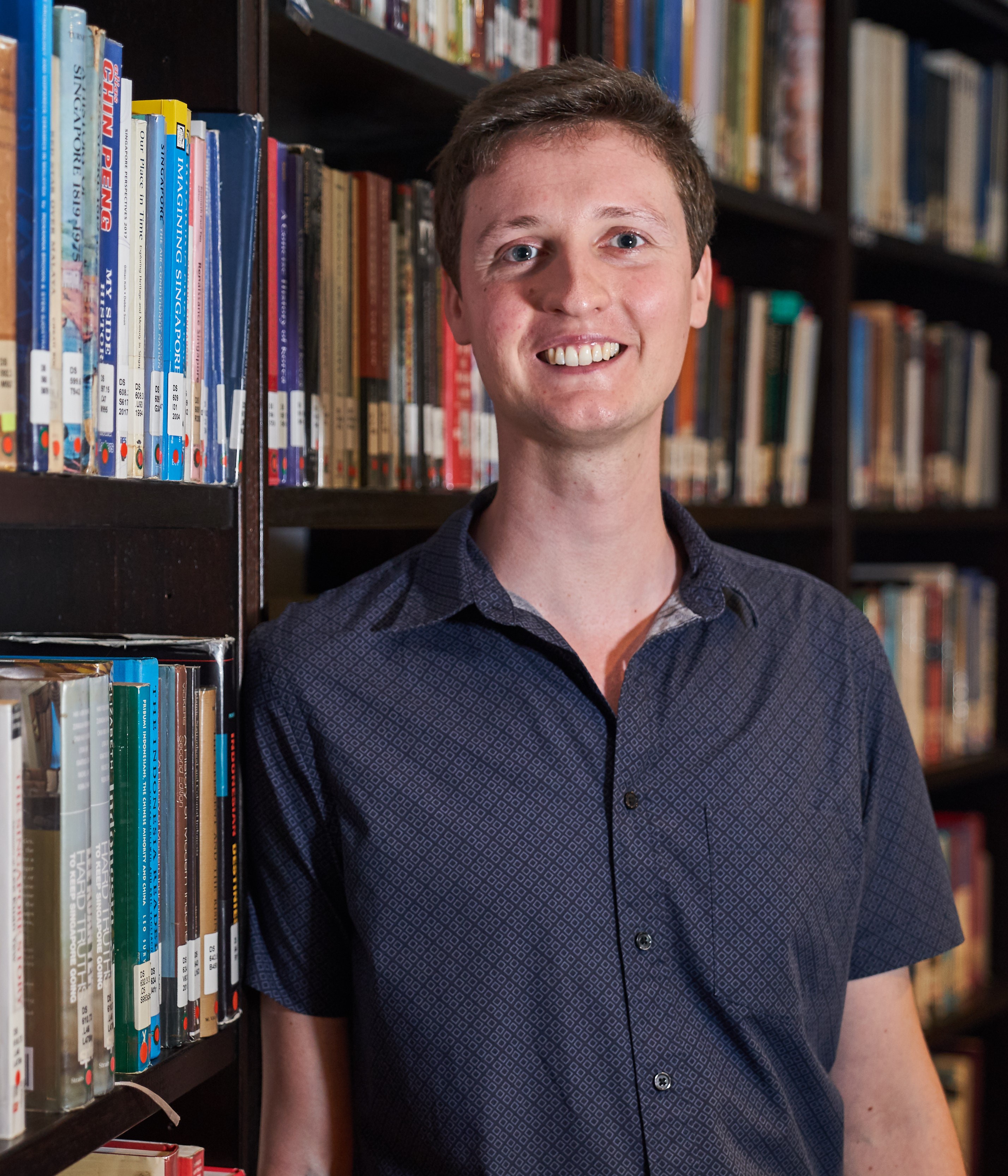
Previous Affiliation: PhD, University of Leeds, UK.
Email: [email protected]
Homepage: -
Samuel Perks works at the intersection of world-literary studies, postcolonial studies, and the environmental humanities. His work to date has explored historical fiction, representations of coal in Joseph Conrad’s fiction, and Singapore literature and the Garden City drive. His current research examines global cities in the field of world-literature, the dynamics of choice in the work of Teo Hsu-Ming, and transnational entrepreneur narratives. Samuel is the chair of the Global Cities in World Literature seminar series, which features international speakers from various fields. Past speakers include John McLeod, Sharae Deckard, Loh Kah Seng, and Ben Derudder. He teaches the undergraduate course HL3041 Global Cities in World Literature in the School of Humanities, and supervises FYPs interested in postcolonial and Singapore literature. He has previously taught Postcolonial Literature, Renaissance Literature, Poetry, and Writing Critically at the University of Leeds, where he has also given lectures on the Writing the Environment module.
Research Interests:• World-literature • Postcolonial literature • Environmental humanities • Singapore literature • Urban studies and global city studies
PPF Project: The Global City in World Literature: Singaporean Culture and Ecology
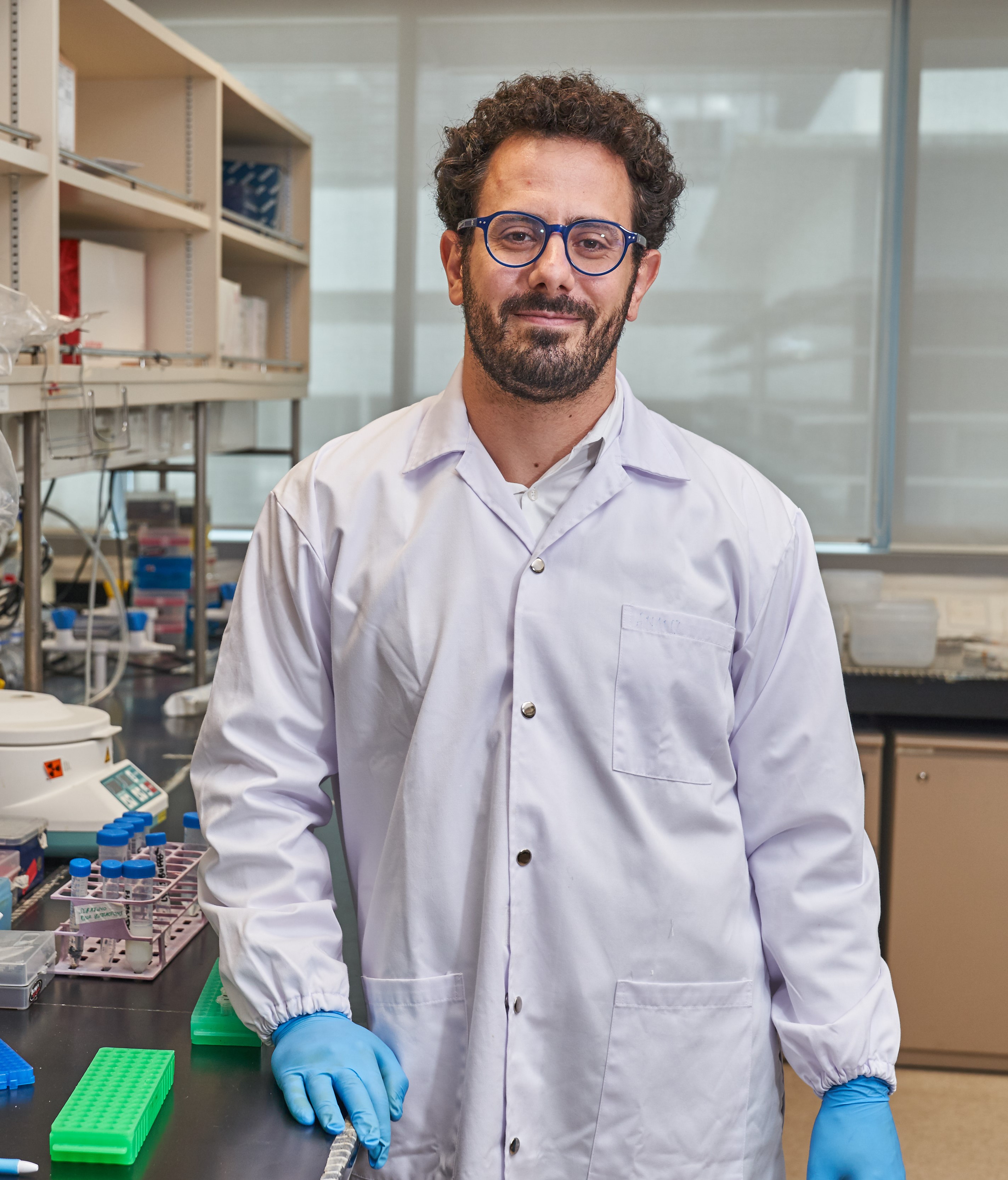
Previous Affiliation: PhD, Paris XIII University, France.
Email: [email protected]
Homepage: http://serafinoteseo.wixsite.com/serafino
Serafino Teseo is a behavioural ecologist specialized in insect social evolution. He has obtained his PhD in Animal Behaviour at Paris 13 University, France, in 2013, working on ants. Before joining NTU, he worked at the French National Centre for Scientific Research (CNRS), and then at Paris Diderot University. As a Presidential Postdoctoral Fellow, he explores the role of gut microbes in social behaviour using ants as a model system. His research integrates classic experimental approaches to animal behaviour with state-of-the-art techniques to measure the emergent properties of interactive networks of individuals. He believes that using mini-brained highly social organisms such as ants may help understanding how gut symbiotic microbes affects socially relevant behaviours in all animals, including humans.
Research Interests: Animal behaviour, Social Evolution, Gut MicrobiotaPPF Project: A social perspective on the microbiota-gut-brain axis: ants as a model organism
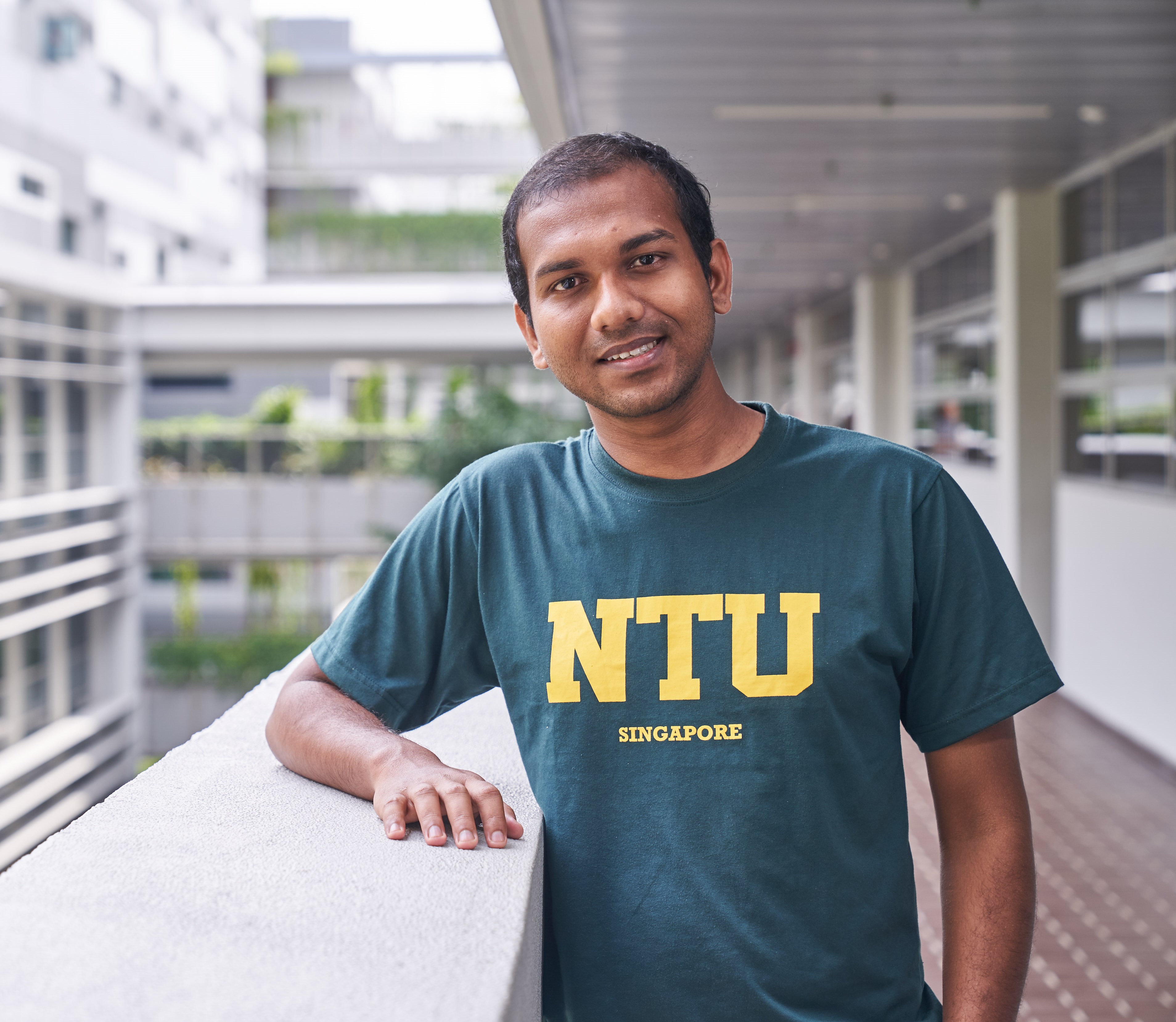
Previous Affiliation: PhD, University of Stirling, UK.
Homepage:https://declare-lab.net/
Soujanya Poria is an assistant professor of ISTD at the Singapore University of Technology and Design (SUTD), Singapore. He holds a Ph.D. degree in Computer Science from the University of Stirling, UK. He was a recipient of the prestigious early career research award called 'NTU Presidential Postdoctoral Fellowship' in 2018 which offered him a research grant worth S$200,000. Before taking up his presidential fellowship position at the NTU, Soujanya was a scientist at the A*STAR and the Temasek Laboratory, NTU. He is also (co-)PI of multiple academic and industrial grants with the amount totaling to S$2 million. Soujanya has co-authored more than 80 papers, published in top-tier conferences and journals such as ACL, EMNLP, AAAI, NAACL, Neurocomputing, Computational Intelligence Magazine, etc.. He is also an adjunct faculty at Indraprastha Institute of Information Technology, Delhi, India and an adjunct scientist at A*STAR, Singapore. Soujanya served as a senior PC member at AAAI 2019, IJCAI 2019 and often serve as a PC member at reputed conferences such as ACL, EMNLP, IJCAI, NAACL. He was an area co-chair at ACL 2020, NAACL 2019, EMNLP 2019 and a publicity chair at *SEM 2019. Soujanya has given several invited talks at venues like CICLing 2018 which is a large international NLP conference, SocialNLP 2019. Soujanya has Google Scholar citations of more than 6000 and his h-index is 39. One of Soujanya's papers is listed as the top 0.1% highly cited papers indexed by Web of Science. Three of Soujanya's papers are listed as Web of Science top 1% highly cited papers in the field of Computer Science. Recently, in an article published in the Journal of Information Sciences, Soujanya has been listed as one of the most prolific and impactful researchers from 2000 to 2016 in the field of sentiment analysis.
Research Interests: Deep learning, Natural Language Processing, Emotion Recognition, Semantics, Sentiment Analysis
PPF Project: Affective multimodal human-computer interaction for intelligent conversational agents

